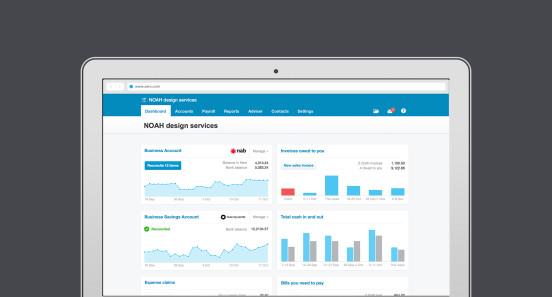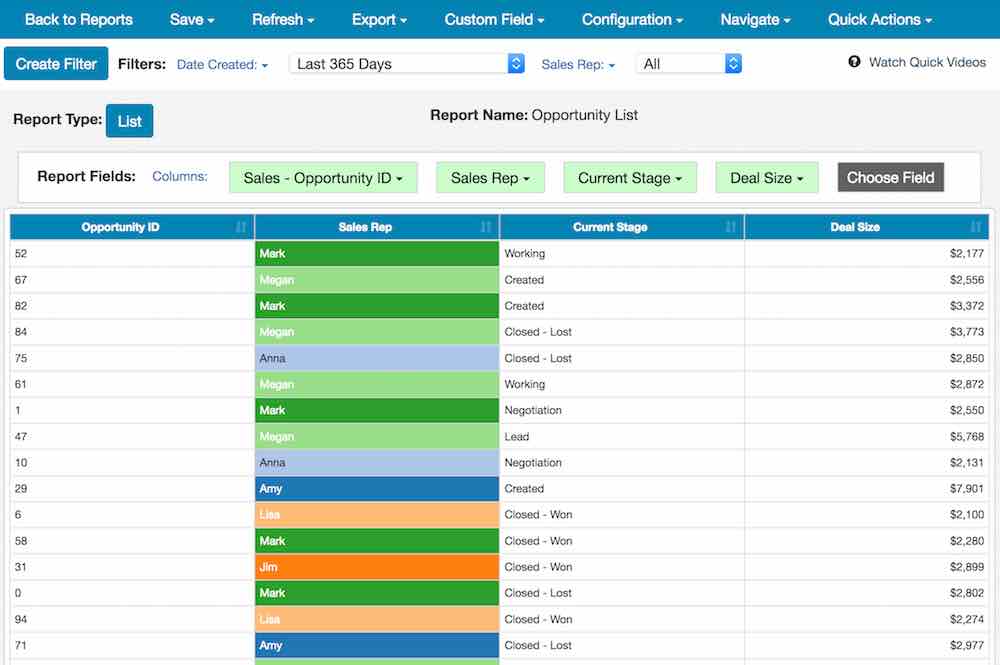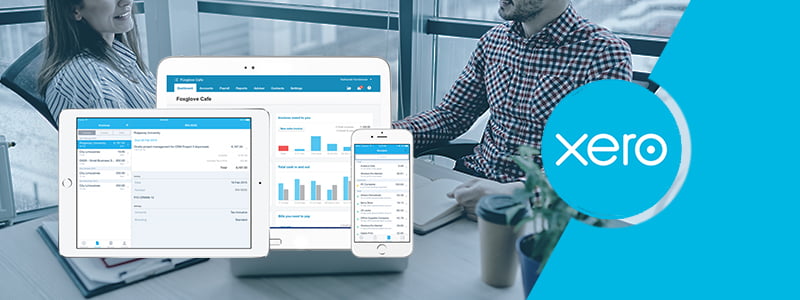In the realm of small business accounting, Xero stands out for its seamless approach to getting started. Unlike other platforms that inundate users with an array of questions, Xero streamlines the setup process. Upon creating an account, users are presented with a few introductory accounting tasks to help familiarize themselves with the platform. It even offers a demo company with fictitious data, providing an ideal playground for practicing before delving into live accounts. Once in the live account, users can fine-tune settings such as user permissions, currency preferences, invoice configurations, and online payment methods.
Navigating the Xero Dashboard

Upon logging into Xero, users are greeted by an intuitive dashboard offering a snapshot of vital information for the day’s work. The dashboard provides insights into account balances, bill and invoice statuses, total cash flow, and expense claims. Each of these numerical representations serves as a convenient link to the underlying transactions, offering a quick and efficient way to delve deeper into financial details.
Mastering Sales Tools in Xero

Efficient sales management is a cornerstone of any successful business, and Xero excels in this aspect. One of the initial sales tasks involves setting up a customer database, a process made remarkably easy with Xero’s robust import capabilities. Users can effortlessly add customer data in various formats, and the platform even allows the blocking of new invoices when a customer’s credit limit is reached. The attention to detail and user-friendly interfaces make sales management a breeze within the Xero ecosystem.
Streamlining 1099s and Bills

Managing supplier records and 1099s is a breeze with Xero’s comprehensive features. Supplier record templates mirror customer records, containing crucial information alongside purchase defaults and financial details. The platform goes above and beyond by enabling users to set up tax assignment rules and create reports that seamlessly integrate with Xero apps to generate 1099s during tax season. Automations, such as sending links to contractors for W-9 forms, showcase Xero’s commitment to time-saving functionalities.
Bills, whether received via email, uploaded, or entered manually, seamlessly integrate into Xero. The platform’s support for purchase orders adds an additional layer of efficiency to the billing process, making it a versatile tool for businesses of all sizes.
Tracking Inventory with Xero

Xero not only handles the financial aspects but also delves into inventory management. Users can input purchase and sales accounts, set prices for products and services, and even receive warnings regarding inventory status. The ability to track inventory provides businesses with a comprehensive toolset to monitor and manage their stock efficiently.
Unleashing the Power of Reports

Xero’s array of reports align seamlessly with the platform’s features. Users can customize their view, zooming in on specific subsets of data. While some tools for report customization might need refinement, Xero compensates with generous export options. Notably, the platform boasts two advanced reports—short-term cash flow projections and Business Snapshot—offering insights and analyses beyond the scope of standard reports.
Mobile Access to Xero

Xero extends its functionality to mobile devices through three separate apps. Replicating features from the browser-based version, the mobile app offers a great dashboard, condensed contact records, and snapshots of sales and purchase transactions. Users can effortlessly create and edit transactions on the go, showcasing Xero’s commitment to providing a seamless experience across platforms.

Xero emerges as a versatile and user-centric accounting solution, streamlining processes for businesses and promoting efficient financial management. Whether you’re navigating sales, managing inventory, or analyzing reports, Xero proves to be a comprehensive ally in the journey towards business success.

